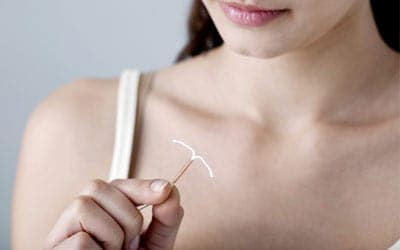Tubal reversal surgery may allow individuals who have undergone a tubal ligation to attempt pregnancy again. The procedure reconnects previously severed or blocked fallopian tubes. One of the more common questions among those thinking about this surgery is how long to wait before trying to conceive.
While timelines can vary based on individual circumstances, this article explores general recommendations and factors influencing recovery and conception readiness.
Recovery Time After Tubal Reversal
Recovery from tubal reversal surgery may require several weeks, depending on factors such as the surgical technique used and individual healing rates. Some individuals return to their normal activities within two to three weeks. During this time, the body works to recover from any internal inflammation or stitching within the reproductive system.
Your healthcare provider may schedule follow-up visits to assess recovery and confirm the procedure’s success. These visits can provide valuable insights into when the body might be prepared for pregnancy. It is common to experience mild cramping and some discomfort following the surgery.
Factors Influencing Conception Readiness
Several factors determine when it may be appropriate to try for pregnancy following a tubal reversal. Physical healing makes certain that the reproductive system has returned to its optimal state, reducing the chances of complications.
Age and overall health also play roles in determining readiness for conception.
Younger individuals with minimal health complications may find it easier to conceive. Fertility naturally declines with age, so this can affect how soon pregnancy is successful.
The condition of the fallopian tubes after the surgery is another key factor. During follow-up appointments, medical assessments may focus on the tubes to see that they are functioning effectively after the procedure.
Recommendations for Waiting Periods
Medical professionals may advise waiting at least one to two full menstrual cycles after a tubal reversal before trying to conceive. This waiting period can serve several purposes:
- It allows the uterus and fallopian tubes to heal properly, providing a better environment for both fertilization and implantation.
- Re-establishing a normal menstrual cycle can indicate that hormonal balance is restored.
- Tracking ovulation and understanding one’s fertility windows during these cycles can improve the chances of success when trying to conceive.
Tips for Optimizing Your Chances of Pregnancy
Once your doctor gives the go-ahead to start trying for pregnancy, there are steps you can take to support the process:
- Monitor ovulation closely: Ovulation predictor kits and basal body temperature tracking can provide insights into when to try for conception.
- Focus on healthy lifestyle habits: Balanced nutrition, regular exercise, and avoiding smoking or excessive alcohol consumption can create a more favorable environment for pregnancy.
- Communicate with your doctor: Ongoing conversations with your healthcare provider allow you to address concerns and adapt strategies for conception.
Follow-Up and Consultation with Experts
If you’re planning for pregnancy following a tubal reversal, ongoing consultation with fertility experts or gynecologists is recommended. These healthcare professionals can provide personalized advice tailored to your situation. Being proactive about follow-up appointments helps make sure the reproductive system is functioning as expected.
Conceiving immediately after the recommended wait period may not happen. It is common for fertility to vary between individuals, and conception can take time even under ideal circumstances. Patience and consistent efforts are key during this stage.
Plan Your Path Toward Pregnancy
Tubal reversal surgery may offer a renewed opportunity for those wishing to grow their family. While waiting to try for pregnancy may require patience, the process allows time for the body to heal and prepares you for a better chance at success.
If you have more questions about preparing for pregnancy after a tubal reversal, schedule a consultation with a healthcare expert.
Recommended Articles









Leave a Reply